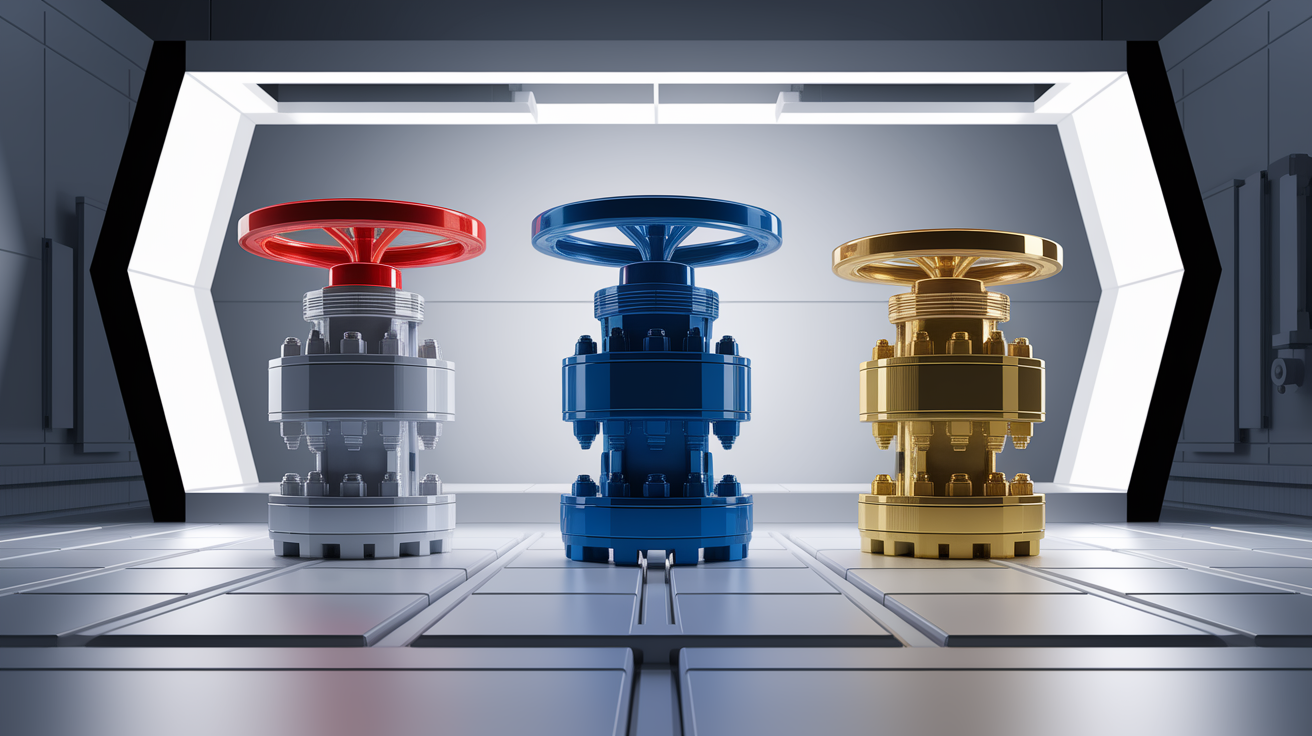Stop the Overflow – Introduction
Few homeowner nightmares compare to the messy and costly reality of a sewage backup. The thought of wastewater re-entering your home, causing basement flooding and unsanitary conditions, is enough to make anyone cringe. Fortunately, there’s a robust defense mechanism you can install: a backwater valve. This guide will walk you through everything a DIY-oriented homeowner needs to know about these essential devices, from understanding their function to installation essentials and maintenance. Protecting your home from sewer backflow is a crucial step in maintaining a dry, safe, and healthy living environment. A properly functioning backwater valve is a cornerstone of effective sewer backup prevention and provides vital backflow protection.
Why You Need a Backwater Valve
A backwater valve, sometimes called a backflow preventer or sewer backup valve, is a mechanical device installed in your home’s main sewer line. Its job is simple but critical: to prevent sewage or wastewater from flowing back into your home during events like heavy rainfall or when the municipal sewer system is overwhelmed. Think of it as a one-way gate for your home’s wastewater; it allows sewage to flow out but slams shut to block any reverse flow.

How Does a Backwater Valve Work?
The operation of a backwater valve is straightforward. At its core, a backwater valve operates on a simple principle: it lets wastewater flow in one direction only. During normal conditions, wastewater from your toilets, sinks, and showers flows freely through the open valve and into the municipal sewage system. However, if the pressure in the city sewer line increases – often because drains back up during heavy rain – this pressure forces the valve’s flap or gate to close. This creates a seal, effectively stopping the sewage in its tracks and preventing a nasty sewer backup in your home. Once the pressure in the municipal line subsides, the valve reopens, allowing normal outflow to resume. Some technical information on backwater valves details how their design ensures this one-way operation even under pressure.
The Importance of Backwater Valves
So, do you really need one? If your home has a basement, is located in an area prone to heavy rainfall, or is connected to an older or combined municipal sewer system, the answer is very likely yes. Backwater valves are crucial in preventing the reverse flow of sewage or wastewater into your home. They are a key component of flood mitigation and property protection.
Without this vital backflow protection, you risk:
- Significant basement flooding with contaminated water.
- Expensive water damage to flooring, walls, furniture, and stored belongings.
- Health hazards due to exposure to raw sewage.
- The hassle and expense of cleanup and water damage restoration.
- Potentially higher insurance claims or even denial of coverage if a preventable measure wasn’t taken.
Pay attention to warning signs like gurgling sounds from your drains or toilets. While these can indicate various plumbing issues, such as a full septic tank causing gurgling or problems with your home’s venting, they can also be early indicators of pressure building in the sewer line. Similarly, an overflowing standpipe for your washing machine points to drainage problems. A backwater valve won’t fix these internal issues but will protect your home if the problem is external pressure from the city sewer.
It’s always a good idea to check your local building code or plumbing code, as backwater valves are often required in new constructions or major renovations in many areas.
Types of Backwater Valves
When it comes to selecting a backwater valve, you’ll find a few common designs suitable for residential use. While an industrial backwater valve is designed for heavy-duty applications, residential options focus on protecting your home’s pipe systems. The most common types for homeowners include:

- Flap or Swing Check Valves: These are very common for residential sewer backup prevention. They have a hinged flap that swings open to allow wastewater to flow out. If backflow occurs, the pressure pushes the flap shut against a seal. Many are designed to be “normally open” to allow free airflow and drainage, only closing when needed.
- Gate Valves (Normally Open): These valves have a gate that is normally held open. When backflow pressure is detected (often via a float mechanism), the gate closes to seal the pipe. They provide excellent sealing.
- Combination Valves: Some designs incorporate features of both, or add elements like an air relief to prevent siphoning.
The “best” type of backwater valve for residential use often depends on your specific plumbing setup and local code requirements. Many plumbers prefer normally-open gate-style valves for their reliable seal and minimal obstruction to normal flow. A main line backwater valve is installed on the main building drain, while a floor drain backwater valve is a smaller device for individual floor drains (though a main line valve offers more comprehensive protection).
It’s important to distinguish a dedicated sewage check valve or backwater valve from a simple check valve used in other plumbing applications. Backwater valves are specifically designed to handle solids found in sewage and meet specific plumbing code standards for this purpose. You can find an overview of different types of backwater valves from various resources, and a comparison of different types can help you understand the nuances.
Installation Essentials
Installing a backwater valve is a significant plumbing job. While some very experienced DIYers might tackle it, for most homeowners, hiring a qualified plumber specializing in backwater valve installation is recommended. Proper installation is critical for the valve to function correctly and provide reliable backflow protection.

Where is a backwater valve typically installed?
A main line backwater valve is typically installed in the main sewer line that carries all your home’s wastewater to the municipal sewer. This is usually located in the basement, crawlspace, or sometimes outside underground, where the sewer pipe exits your foundation. The key is to install it *before* any fixtures branch off, so it protects all plumbing fixtures in the home.
Key Installation Considerations:
- Permits and Codes: Always check with your local municipality about permit requirements and specific building code or plumbing code regulations (e.g., “backwater valve regulations ontario building code” is a specific regional example you’d research for your area).
- Accessibility: The valve must be installed with an accessible cover or access box for future inspection, cleaning, and backwater valve maintenance.
- Correct Orientation: The valve must be installed in the correct direction of flow. Arrows on the valve body will indicate this.
- Proper Sealing: Watertight seals are essential to prevent leaks around the valve.
- Excavation: If the pipe is underground in your basement, this will involve breaking and repairing concrete.
How much does it cost to install a backwater valve?
The cost of backwater valve installation in a basement can vary significantly, typically ranging from $800 to $2,500 or more. Factors influencing the price include:

- The type and quality of the backwater valve itself.
- The accessibility of your main sewer line.
- The amount of concrete cutting and repair needed.
- Whether excavation is required for an outdoor installation.
- Labor rates for plumbing services in your area.
It’s wise to get quotes from several licensed plumbers. Some municipalities offer “backwater valve rebate programs,” so it’s worth checking if your city or region has one.
While installing a backwater valve on a floor drain is a smaller job, protecting the entire home with a main line valve is generally a more comprehensive solution for sewer backup prevention.
Maintenance and Troubleshooting
A backwater valve isn’t a “set it and forget it” device. Regular backwater valve maintenance is crucial to ensure it’s ready to protect your home when needed. Neglect can lead to failure, leaving you vulnerable to sewer backup.
How do I maintain my backwater valve?
Here are some essential maintenance tips for residential backwater valves:
- Inspect Regularly: Aim to inspect your valve at least once or twice a year, and always after a major rainstorm or any known sewer issues in your neighborhood.
- Clear Access: Ensure the access cover or box is easily accessible and not obstructed by storage.
- Open and Clean: Carefully open the valve’s access cover. Remove any accumulated debris, sediment, or grease from around the flap or gate and the valve body. A gentle rinse with water is often sufficient. Avoid harsh chemicals.
- Check Movement: Manually lift the flap or operate the gate (if possible) to ensure it moves freely and closes snugly against its seat. It should not stick or bind.
- Inspect Seals: Check any gaskets or seals for wear or damage.
Troubleshooting Common Issues:
- Valve Stuck Open: If debris lodges under the flap, the valve won’t seal, offering no backflow protection. Regular cleaning prevents this.
- Valve Stuck Closed: This can happen if the mechanism is corroded or jammed. This will prevent wastewater from leaving your home, causing an internal backup. If you notice drains backing up and suspect the backwater valve, this could be the cause. Persistent gurgling, like a gurgling kitchen sink, when no water is running could also point to pressure issues related to a malfunctioning valve or general drainage problems needing drain cleaning.
- Clogs: While the valve itself can get clogged, it might also indicate a blockage further down the line that’s causing backpressure.
How to test if my backwater valve is working?
During your inspection, after cleaning, you can gently lift the protective flap to ensure it moves freely and then seats properly. Some homeowners with clear access covers might be able to observe the flap’s movement during heavy water usage (like flushing multiple toilets or draining a tub), but direct manual checks are more reliable. If you’re unsure, a professional plumber can perform a thorough inspection and test.
If you’re “troubleshooting a clogged backwater valve,” it usually involves opening the access and physically removing the obstruction. If the problem persists, professional help may be needed to assess the valve or check for blockages in the main sewer line.
Keep Your Basement Dry – Conclusion
A backwater valve is a powerful ally in the fight against sewer backup and basement flooding. By understanding how it works, the importance of proper installation, and the need for regular maintenance, you can significantly reduce the risk of costly and unpleasant water damage from foul water backflow. This single device offers immense peace of mind, protecting your property and health.
While a backwater valve is excellent for sewer backup prevention, it’s important to ask: “Can a backwater valve prevent all types of flooding?” The answer is no. It specifically stops backflow from the city sewer connection. It won’t prevent flooding from overland sources (like heavy surface runoff) or groundwater seepage. For comprehensive flood mitigation and basement waterproofing, you might also consider other measures, such as a sump pump, proper grading around your foundation, and well-maintained gutters and downspouts.
Many homeowners also wonder, “Is backwater valve installation covered by insurance?” Some insurance policies may offer discounts or require a backwater valve for coverage in at-risk areas. It’s always best to discuss this with your insurance provider. Additionally, some municipalities offer “backwater valve rebate programs” to help offset the backwater valve cost, so investigate local incentives.
Investing in a backwater valve is investing in your home’s long-term protection. Take the proactive step to safeguard your home from the messy reality of sewage backups and keep your basement dry and secure.








